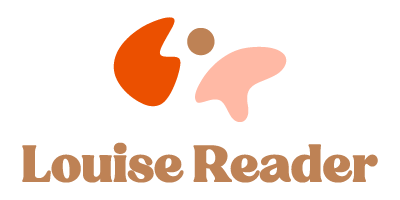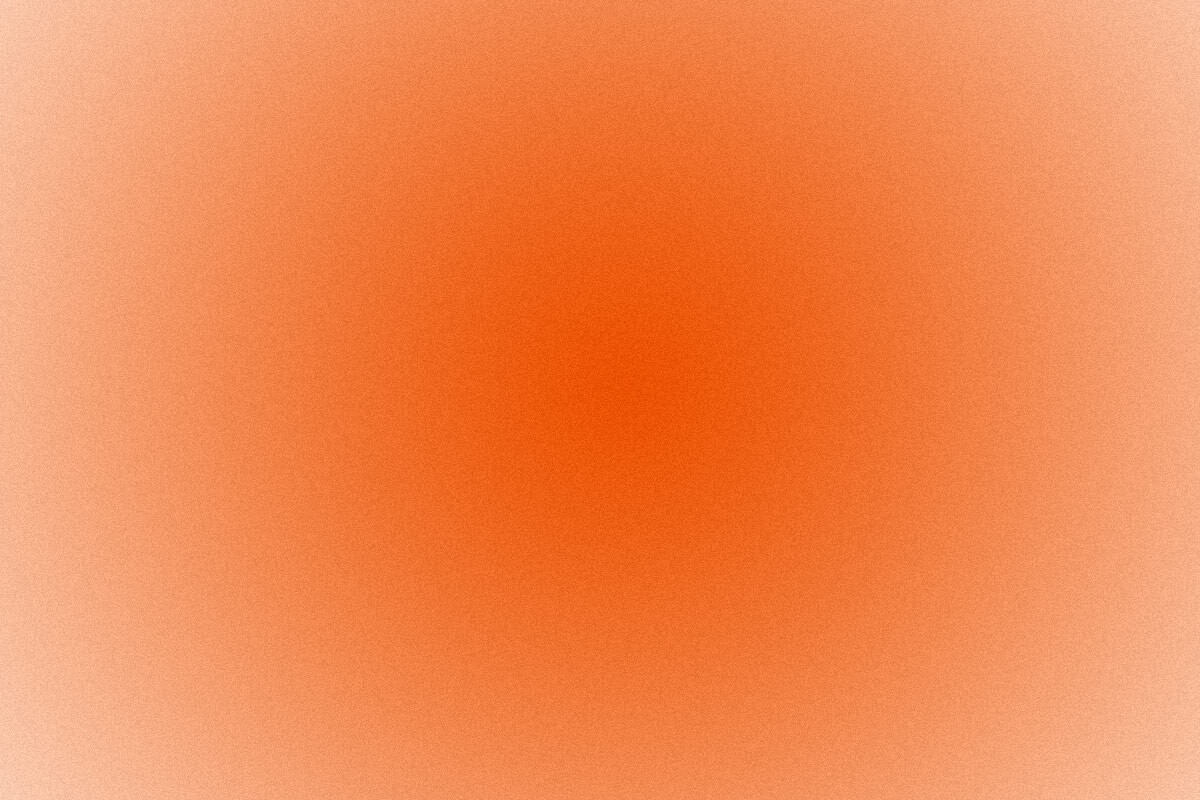These fears were a normal part of growing up and, as we matured, we often outgrew them. We can look back now and logically understand that there was nothing to be afraid of. Turning on the light to illuminate the shadow in the corner or unplugging the vacuum was enough to calm us down.
However, some experiences leave a lasting impact on our subconscious, creating imprints that continue to affect us into adulthood. These imprints often go unnoticed, lurking beneath the surface and manifesting as chronic pain, stress, or anxiety.
The Lingering Effects of Childhood Fears
Childhood fears can sometimes leave deep, lasting impressions on our subconscious mind. While we may outgrow the fear of the dark or loud noises, more significant emotional traumas or stressful experiences can embed themselves deeply within us. These imprints can manifest in various ways throughout our lives, often without our conscious awareness. They might not be as easily identifiable as a shadow in the corner of a room, but their presence is felt through the body’s signals.
Signs of Subconscious Imprints
Chronic pain, stress, and anxiety are often signs that something is blocking the natural flow within your body. While common wellness practices like diet, medicine, and physical therapy can offer temporary relief and dull the symptoms, they often don’t address the root cause. This is why many people find themselves in a cycle of temporary improvement followed by a relapse into their original state.
The Body Keeps the Score
Our bodies have an incredible capacity to remember past experiences, especially traumatic ones. This concept is central to the understanding of how childhood fears can manifest in adulthood. Trauma, especially from childhood, can be stored in the body, affecting not only mental health but also physical well-being.
When we experience something traumatic or stressful as children, our brains and bodies create coping mechanisms to deal with the fear and pain. These mechanisms are useful in the short term, but if not addressed and resolved, they can become ingrained patterns that persist into adulthood. For example, a child who grows up in a chaotic or unsafe environment might develop chronic anxiety as an adult. This anxiety isn’t just a mental state; it has physical manifestations, such as muscle tension, headaches, or digestive issues.
Addressing the Root Cause
Have you ever tried a regular health practice like diet, medication, or physical therapy and noticed improvements, only to find that you couldn’t fully recover and kept slipping back into your original state? This often happens because the root of the problem still exists. To find lasting relief, it’s crucial to identify and address these underlying issues.
The Role of the Subconscious Mind
Our subconscious mind is incredibly powerful, controlling much of our behaviour and bodily functions without our conscious awareness. It’s where our deepest memories, fears, and traumas are stored. When these subconscious imprints are triggered, they can cause a cascade of physical and emotional reactions.
For example, someone who was constantly criticised as a child might develop a subconscious belief that they are not good enough. This belief can manifest as chronic stress or anxiety in adulthood. Even if they achieve success, the underlying fear of failure can cause physical symptoms like insomnia, high blood pressure, or digestive problems.
Practical Steps to Address Childhood Imprints
Addressing these deep-seated fears and traumas requires a holistic approach that integrates both the mind and the body. Here are some practical steps that can help:
- Mindfulness and Meditation: Practices like mindfulness and meditation can help you become more aware of your thoughts and feelings. By observing your mental patterns without judgment, you can begin to understand and unravel the subconscious beliefs that are holding you back.
- Therapy and Counselling: Working with a therapist or counsellor can provide valuable insights into your subconscious mind. Techniques like somatic experiencing can be particularly effective in addressing trauma and anxiety.
- Body Work: Since the body stores trauma, physical therapies can be crucial in releasing it. Practices like yoga, tai chi, and qigong integrate movement with breath and mindfulness, helping to release tension and restore balance. Additionally, massage, acupuncture, and chiropractic care can help alleviate physical symptoms.
- Journaling: Writing about your experiences and emotions can be a powerful way to process them. Journaling allows you to explore your inner world and can reveal patterns and insights that were previously hidden.
- Breathwork: Breathwork techniques, such as diaphragmatic breathing and pranayama, can help calm the nervous system and release stored tension. Deep, slow breathing activates the parasympathetic nervous system, promoting relaxation and healing.
Facing Your Fears
Are you ready to face the monster under the bed and get to the bottom of your core issues? If you want to know if you are operating from past fears, let’s chat to explore this further. Identifying these hidden imprints can be the first step toward overcoming them and achieving lasting relief.
Moving Forward
Stop letting fear drive your life. When your body reacts from the lens of your childhood experiences, it can prevent you from fully embodying the life and person you want to be. By addressing and healing these deep-seated fears, you can move forward with greater freedom and confidence. Embracing a holistic approach that integrates both mind and body can help you break free from the past and create a healthier, more fulfilling future.
You’re not alone in this journey. Many people struggle with the lingering effects of childhood fears and traumas, but with the right tools and support, you can overcome them. Take the first step today and start the process of healing and transformation.
Related Posts
November 27, 2025
How Amnanda Cultivates Relief from Recurrent Headaches
Amnanda releases deep stress and tension stored in the body, addressing the…
October 31, 2025
Ground and Restore: Reconnecting with Your Body
Slow down, listen to your body, and release stored tension through mindful…
September 25, 2025
Discovering Guidance Through Embodied Awareness
Beneath constant thought, the body quietly speaks. Its wisdom emerges through…



